
Zielinsky presents for ArtBO - main section - a selection of works by Vera Chaves Barcellos (Brasil, 1938), Yamandú Canosa (Uruguay, 1954), and Romy Pocztaruk (Brasil, 1983). The three artists present an investigation that takes as its starting point – from different perspectives and techniques – the relationship between the body and its displacement, either through performance and the recording of actions in public space, or through construction of a poetic and critical imaginary about forced migrations in Europe or of the recording of the material and symbolic traces of abandoned Latin American political projects. At “Sítio” section, the gallery presents the performance “Los Corredores” by Robert Llimós (Spain, 1943). The action, created for the Pamplona Encounters of 1972, will be reinterpreted fifty years later in another context and continent.
Galería Zielinsky, founded in Barcelona in 2015, supports contemporary artistic creations and is committed to promote Ibero-American artists. In addition to its exhibition room in Barcelona, the gallery also has a space in Brazil.
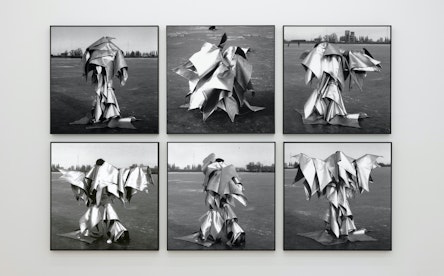
Vera Chaves Barcellos lives and works since 1986 between Barcelona, Spain and Viamão, Brazil. In the 60’s she studied printmaking and painting at the Central Saint Martin’s in London as well as lithography and linocut at the Academie van Beeldende Kunsten in Rotterdam. In 1975 she received a fellowship from the British Council to research printmaking and photography at Croydon College in London. She is one of the founders of Nervo Óptico (1976-78), a group of artists active in Porto Alegre between 1976 and 1978, and Espaço N.O. (1979-82), and also of the gallery Obra Aberta in Porto Alegre, Brazil (1999- 2002) and Fundação Vera Chaves Barcellos (2005). In 2020-2021, her work becomes part of the public collections: Museo Nacional Centro de Arte Reina Sofía, Spain; Pinacoteca de São Paulo, Brazil and MACBA Museo de Arte Contemporáneo de Barcelona, Spain.
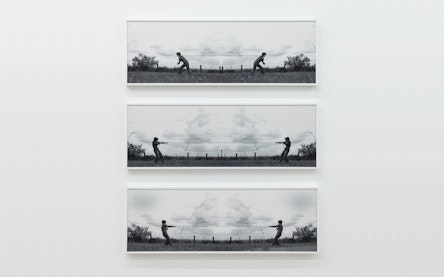
Vera Chaves Barcellos lives and works since 1986 between Barcelona, Spain and Viamão, Brazil. In the 60’s she studied printmaking and painting at the Central Saint Martin’s in London as well as lithography and linocut at the Academie van Beeldende Kunsten in Rotterdam. In 1975 she received a fellowship from the British Council to research printmaking and photography at Croydon College in London. She is one of the founders of Nervo Óptico (1976-78), a group of artists active in Porto Alegre between 1976 and 1978, and Espaço N.O. (1979-82), and also of the gallery Obra Aberta in Porto Alegre, Brazil (1999- 2002) and Fundação Vera Chaves Barcellos (2005). In 2020-2021, her work becomes part of the public collections: Museo Nacional Centro de Arte Reina Sofía, Spain; Pinacoteca de São Paulo, Brazil and MACBA Museo de Arte Contemporáneo de Barcelona, Spain.

Vera Chaves Barcellos lives and works since 1986 between Barcelona, Spain and Viamão, Brazil. In the 60’s she studied printmaking and painting at the Central Saint Martin’s in London as well as lithography and linocut at the Academie van Beeldende Kunsten in Rotterdam. In 1975 she received a fellowship from the British Council to research printmaking and photography at Croydon College in London. She is one of the founders of Nervo Óptico (1976-78), a group of artists active in Porto Alegre between 1976 and 1978, and Espaço N.O. (1979-82), and also of the gallery Obra Aberta in Porto Alegre, Brazil (1999- 2002) and Fundação Vera Chaves Barcellos (2005). In 2020-2021, her work becomes part of the public collections: Museo Nacional Centro de Arte Reina Sofía, Spain; Pinacoteca de São Paulo, Brazil and MACBA Museo de Arte Contemporáneo de Barcelona, Spain.
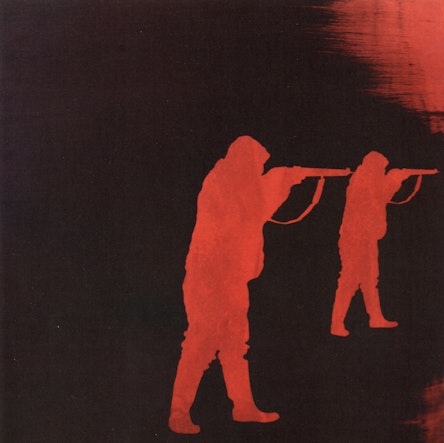
Yamandú Canosa was born in 1954 in Montevideo (Uruguay) and lives and works in Barcelona since 1975. His works have been selected to feature in solo and group exhibitions, including: the Museo Reina Sofía, Madrid, Spain; the Sprengel Museum, Hannover, Germany; the Albuquerque Museum, New Mexico, USA; the Dalí Museum, St. Petersburg, Florida, USA; the Bass Museum of Miami, Miami, USA; the DA2 Domus Artium 2002, Salamanca, Spain; the Fundació Suñol, Barcelona, Spain and the Centre d’Art Santa Mònica, Barcelona, Spain, among others. In 2019 Canosa represented Uruguay at the 58th Venice Biennale with his project "La casa empática".
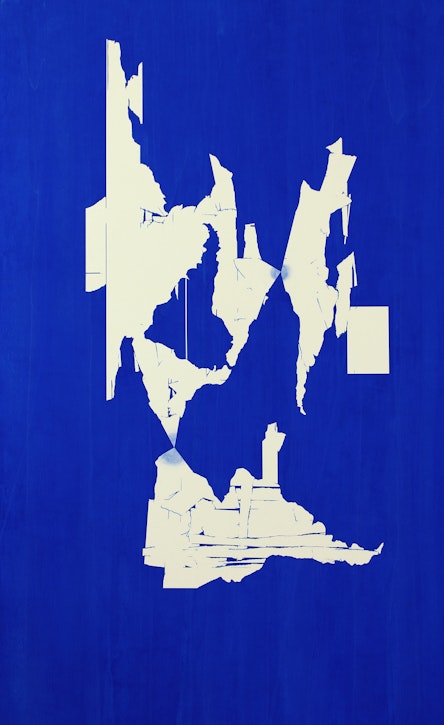
Yamandú Canosa was born in 1954 in Montevideo (Uruguay) and lives and works in Barcelona since 1975. His works have been selected to feature in solo and group exhibitions, including: the Museo Reina Sofía, Madrid, Spain; the Sprengel Museum, Hannover, Germany; the Albuquerque Museum, New Mexico, USA; the Dalí Museum, St. Petersburg, Florida, USA; the Bass Museum of Miami, Miami, USA; the DA2 Domus Artium 2002, Salamanca, Spain; the Fundació Suñol, Barcelona, Spain and the Centre d’Art Santa Mònica, Barcelona, Spain, among others. In 2019 Canosa represented Uruguay at the 58th Venice Biennale with his project "La casa empática".

Yamandú Canosa was born in 1954 in Montevideo (Uruguay) and lives and works in Barcelona since 1975. His works have been selected to feature in solo and group exhibitions, including: the Museo Reina Sofía, Madrid, Spain; the Sprengel Museum, Hannover, Germany; the Albuquerque Museum, New Mexico, USA; the Dalí Museum, St. Petersburg, Florida, USA; the Bass Museum of Miami, Miami, USA; the DA2 Domus Artium 2002, Salamanca, Spain; the Fundació Suñol, Barcelona, Spain and the Centre d’Art Santa Mònica, Barcelona, Spain, among others. In 2019 Canosa represented Uruguay at the 58th Venice Biennale with his project "La casa empática".
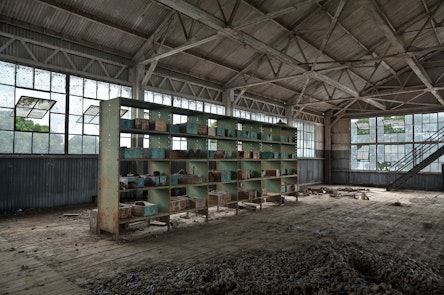
Romy Pocztaruk presents a series of photographs developed between 2011 and 2014 in different points of the Trans-Amazonian Highway, whose construction began during the military government of Emílio Garrastazu Médici (1969-1974), had been designed to longitudinally cross the country from East to West. The offspring of a political strategy nurtured by the dictatorship during the so-called Brazilian “economic miracle”, the implementation of the road symbolized the possibility of national colonization and integration, advancing a large and modern Brazil into the status of a world power.“The Last Adventure” reveals Romy’s journey through parts of the almost four-thousand-kilometer hi- ghway that is until unfinished. The artist photographs the remains of material and symbolic evidence from a pharaonic, utopian, boastful project which quickly faded into oblivion and abandonment. Pocztaruk has had recent solo and group shows at Museu de Arte Moderna Rio de Janeiro, Brazil; Istanbul Modern, Turkey; Museu de Arte Moderna São Paulo, Brazil; Bienal de São Paulo, Brazil; Bienal do Mercosul, Porto Alegre, Brazil; Pinacoteca de São Paulo, Brazil.
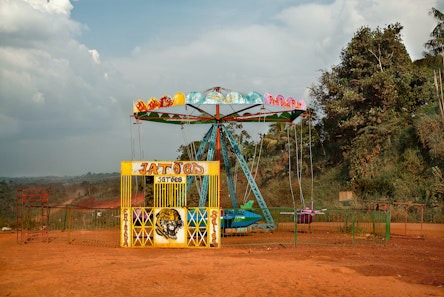
Romy Pocztaruk presents a series of photographs developed between 2011 and 2014 in different points of the Trans-Amazonian Highway, whose construction began during the military government of Emílio Garrastazu Médici (1969-1974), had been designed to longitudinally cross the country from East to West. The offspring of a political strategy nurtured by the dictatorship during the so-called Brazilian “economic miracle”, the implementation of the road symbolized the possibility of national colonization and integration, advancing a large and modern Brazil into the status of a world power.“The Last Adventure” reveals Romy’s journey through parts of the almost four-thousand-kilometer hi- ghway that is until unfinished. The artist photographs the remains of material and symbolic evidence from a pharaonic, utopian, boastful project which quickly faded into oblivion and abandonment. Pocztaruk has had recent solo and group shows at Museu de Arte Moderna Rio de Janeiro, Brazil; Istanbul Modern, Turkey; Museu de Arte Moderna São Paulo, Brazil; Bienal de São Paulo, Brazil; Bienal do Mercosul, Porto Alegre, Brazil; Pinacoteca de São Paulo, Brazil.
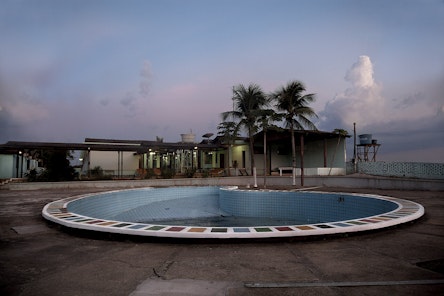
Romy Pocztaruk presents a series of photographs developed between 2011 and 2014 in different points of the Trans-Amazonian Highway, whose construction began during the military government of Emílio Garrastazu Médici (1969-1974), had been designed to longitudinally cross the country from East to West. The offspring of a political strategy nurtured by the dictatorship during the so-called Brazilian “economic miracle”, the implementation of the road symbolized the possibility of national colonization and integration, advancing a large and modern Brazil into the status of a world power.“The Last Adventure” reveals Romy’s journey through parts of the almost four-thousand-kilometer hi- ghway that is until unfinished. The artist photographs the remains of material and symbolic evidence from a pharaonic, utopian, boastful project which quickly faded into oblivion and abandonment. Pocztaruk has had recent solo and group shows at Museu de Arte Moderna Rio de Janeiro, Brazil; Istanbul Modern, Turkey; Museu de Arte Moderna São Paulo, Brazil; Bienal de São Paulo, Brazil; Bienal do Mercosul, Porto Alegre, Brazil; Pinacoteca de São Paulo, Brazil.
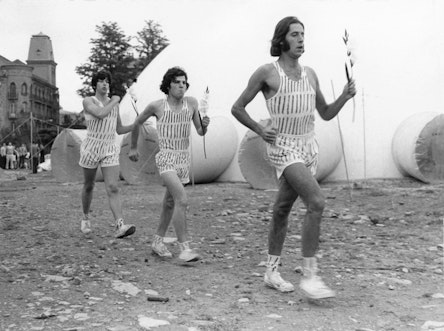
Robert Llimós presents a version of the action “Los corredores” (The Runners) created for the Pamplona Encounters 1972. Three athletes cross the common spaces: the corridors, the entrance, the exit, the café. As in Pamplona, the white sports clothes have been painted by Llimós, with black diagonal brushstrokes, as a way of putting his canvas in motion. Sometimes the runners carry flowers or bread, sometimes they have their ankles tied with an elastic band. Therefore, the meetings in Pamplona constituted an important turning point in Spanish artistic practice in the last years of the Franco’s regime. In addition, they emerged as an initiative to support contemporary musical creation and new artistic and cinematographic manifestations.

Robert Llimós presents a version of the action “Los corredores” (The Runners) created for the Pamplona Encounters 1972. Three athletes cross the common spaces: the corridors, the entrance, the exit, the café. As in Pamplona, the white sports clothes have been painted by Llimós, with black diagonal brushstrokes, as a way of putting his canvas in motion. Sometimes the runners carry flowers or bread, sometimes they have their ankles tied with an elastic band. Therefore, the meetings in Pamplona constituted an important turning point in Spanish artistic practice in the last years of the Franco’s regime. In addition, they emerged as an initiative to support contemporary musical creation and new artistic and cinematographic manifestations.
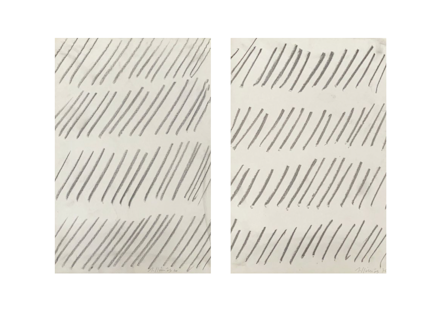
Robert Llimós presents a version of the action “Los corredores” (The Runners) created for the Pamplona Encounters 1972. Three athletes cross the common spaces: the corridors, the entrance, the exit, the café. As in Pamplona, the white sports clothes have been painted by Llimós, with black diagonal brushstrokes, as a way of putting his canvas in motion. Sometimes the runners carry flowers or bread, sometimes they have their ankles tied with an elastic band. Therefore, the meetings in Pamplona constituted an important turning point in Spanish artistic practice in the last years of the Franco’s regime. In addition, they emerged as an initiative to support contemporary musical creation and new artistic and cinematographic manifestations.

Guillermo Garcia Cruz presenta obras que juegan con el legado formal dejado por el concretismo latinoamericano, específicamente por el movimiento uruguayo-argentino MADI de los años 1940. Trabajando desde el campo pictórico y escultórico, el artista entiende las piezas como un intento de desorientar la percepción del espectador y producir un efecto de ruido, como un error temporal o un “glitch”, término apropiado por el artista utilizado en el contexto informático. Recientemente su obra pasó a formar parte de las colecciones Cisneros Fontanals Art Foundation (CIFO); Pérez Art Museum Miami (PAMM); Collection of Chicago Northwestern University.
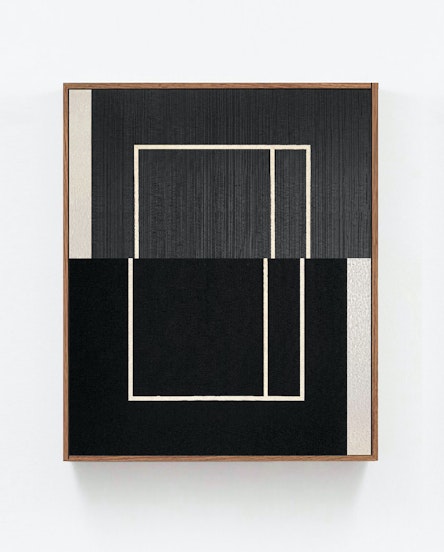
Guillermo Garcia Cruz presenta obras que juegan con el legado formal dejado por el concretismo latinoamericano, específicamente por el movimiento uruguayo-argentino MADI de los años 1940. Trabajando desde el campo pictórico y escultórico, el artista entiende las piezas como un intento de desorientar la percepción del espectador y producir un efecto de ruido, como un error temporal o un “glitch”, término apropiado por el artista utilizado en el contexto informático. Recientemente su obra pasó a formar parte de las colecciones Cisneros Fontanals Art Foundation (CIFO); Pérez Art Museum Miami (PAMM); Collection of Chicago Northwestern University.
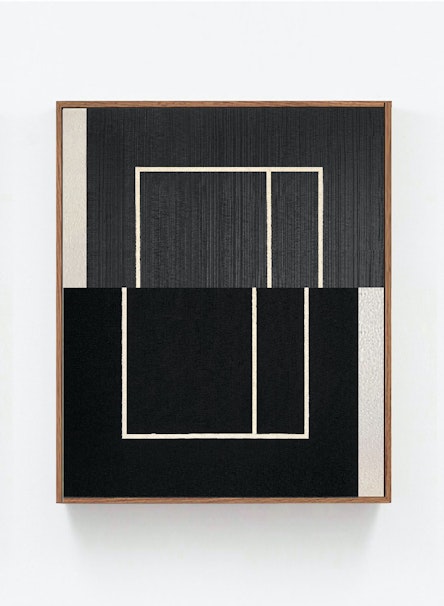
Guillermo Garcia Cruz presenta obras que juegan con el legado formal dejado por el concretismo latinoamericano, específicamente por el movimiento uruguayo-argentino MADI de los años 1940. Trabajando desde el campo pictórico y escultórico, el artista entiende las piezas como un intento de desorientar la percepción del espectador y producir un efecto de ruido, como un error temporal o un “glitch”, término apropiado por el artista utilizado en el contexto informático. Recientemente su obra pasó a formar parte de las colecciones Cisneros Fontanals Art Foundation (CIFO); Pérez Art Museum Miami (PAMM); Collection of Chicago Northwestern University.